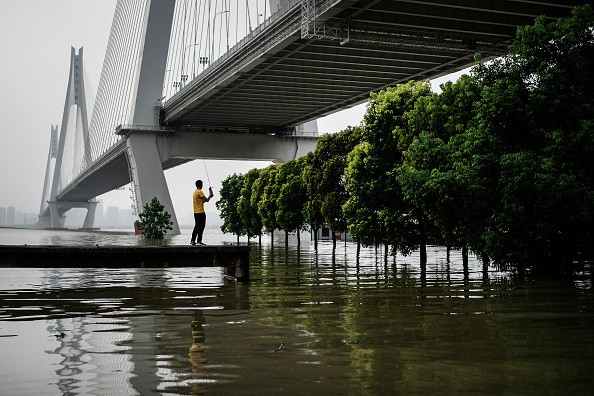Every year, close to 100,000 people lose their lives in natural disasters - wildfires, drought, volcanic eruptions, hurricanes, floods, earthquakes, and tsunamis, while more than 150 million are impacted by them, all over the world, according to the World Health Organization. Aggressive natural disasters have been a fact of human life since the beginning of humankind, but the death counts of the earliest of these disasters are lost to history. Here are the top 5 most destructive natural disaster in history.

1. The 1931 Yangtze River Floods
Too much rainfall over central China in July and August of 1931 prompted the most life-threatening natural disaster in world history - the Central China floods of 1931. The Yangtze River exceeded its banks as spring snow melting combined with the more than 600 millimeters (24 inches) of rain that fell only during the month of July.
2. The 1887 Yellow River Flood
The Yellow River (Huang He) in China was precariously located far above most of the land surrounding it in the late 1880s, all thanks to a series of dikes constructed to contain the river as it moved through the farmland of central China. Over time, these dikes had silted up, slowly raising the river in elevation.
3. The 1556 Shaanxi Earthquake
On Jan. 23, 1556, the deadliest earthquake in history hit Shaanxi province in China. Referred to as the "Jiajing Great Earthquake" after the emperor whose time it took place in, the temblor diminished a 1,000 square kilometers (621-square-mile) swath of the country to rubble, as stated by the Science Museums of China.
Also Read : Scientists Determine How Marsh Birds Survive Typhoons and Natural Disasters Such as Hurricane Zeta
4. The 1970 Bhola Cyclone
This tropical cyclone hit East Pakistan then, (now Bangladesh) on Nov. 12-13, 1970. According to NOAA's Hurricane Research Division, the strongest wind speeds of the storm measured 205 kph (130 mph), making it similar to a Category 4 major hurricane on the Saffir-Simpson Hurricane scale. Ahead of its landfall, a 10.6 m (35-foot) surge of the storm washed over the low-lying islands bordering the Bay of Bengal, leading to extensive flooding.

5. The 2010 Haiti Earthquake
The disastrous magnitude 7.0 earthquake that hit Haiti just northwest of Port-au-Prince on the 12th of Jan. 2010, ranks as one of the three deadliest quakes in living history. The standing of Haiti as one of the poorest countries in the Western Hemisphere and its limited history of great earthquakes left it highly susceptible to damages and loss of life. The quake affected as many as 3 million people.
Estimates of death toll were all over the place; at first, the government of Haiti made an estimation that fatalities stood at 230,000 people, but officials changed that figure to 316,000 in January 2011. A 2010 study released in the journal Medicine, Conflict and Survival put the number at about 160,000 deaths, while the USGS claimed even smaller numbers - about 100,000.
Related Article : Natural Disasters: Humans Should Be Less Controlling, Researchers Say
For more news, updates about natural disasters and similar topics don't forget to follow Nature World News!
© 2025 NatureWorldNews.com All rights reserved. Do not reproduce without permission.





